
Herniated disc is quite a debilitating condition which requires a rather complex treatment including pain killers, physical therapy and sometimes even surgery. Compression of spinal nerves caused by a spinal disc, which has left its original place and slipped in the wrong direction, is associated with nerve irritation and all the accompanying symptoms and signs.
There may be changes ins sensation such as tingling, numbness, burning sensation or even weakening of the innervated muscles. Initially, doctors pay close attention and advise patients to have plenty of rest. However, at some point it is important to start with rehabilitation exercise program which will improve one's mobility, range of motion in the affected area and strengthen muscles of the back.
Physical Therapy for Herniated Disc
This is a cornerstone of rehabilitation for people who have suffered herniated disc. A well experienced physical therapist creates an exercise program. The included exercises are supposed to strengthen back muscles and correct posture. They also efficiency improve flexibility. Initially, the entire exercise program is monitored by a physical therapist. At some point, patients continue exercising at home and slowly engage in other physical activities such as walking, biking, swimming etc.Exercises for Herniated Disc
These exercises are of major help when it comes to blood supply to the affected parts of the spine. Plenty of blood will help the injury heal faster. Also, by performing these exercises bones in one's spine will be properly re-aligned.
Extension exercises are performed for herniated disc in the lower back. One is supposed to lie on his/her stomach and place hands below the shoulders. Feet are kept at a distance of around 1 foot. With the support of hands, the upper body is lifted off the floor as much as possible. You should stay in this position for 5 seconds and repeat the entire process 5-7 times.
In order to perform a pelvic tilt one is supposed to lie on the floor. Legs are bent at the knee and feet are on the floor, kept together. What follows is pushing the lower back on the floor with tilting the pelvis and gradual lifting the buttocks off the floor. The buttocks must remain in contact with hands placed beneath. This position does not strain knees and is held for 5 seconds.
Abdominal isometrics is one of the most convenient exercises for herniated disc. You can sit or stand while performing this exercise which includes breathing in and out.
Knee to chest exercise is performed while lying on the exercise mat with the back pressing against the floor. One is supposed to bend his/her legs and with the assistance of hands bring the knees closer to the chest. Remain in such position for a few second and repeat the entire process.
Finally, torso twist is performed while lying on the exercise may with legs bent and feet located on the flood. The arms are away from the body, extended out to the sides at shoulder level. What follows is lifting of the buttocks which are at first placed a little over to the right side and then twisted to the left. The body should remain in both of these positions for a while and the entire session is then repeated.



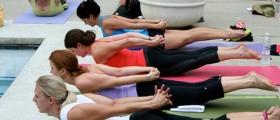
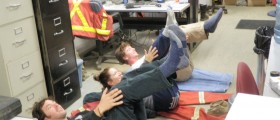
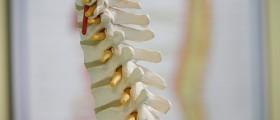


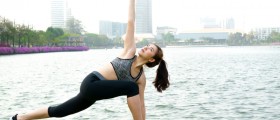

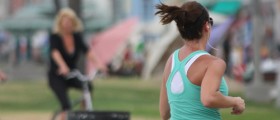
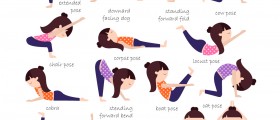
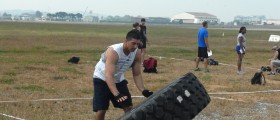
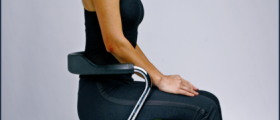
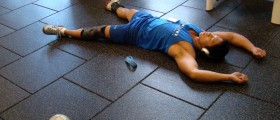
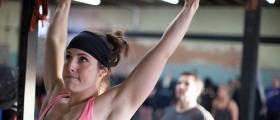
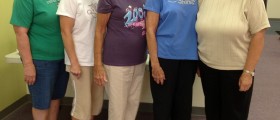
Your thoughts on this
Loading...